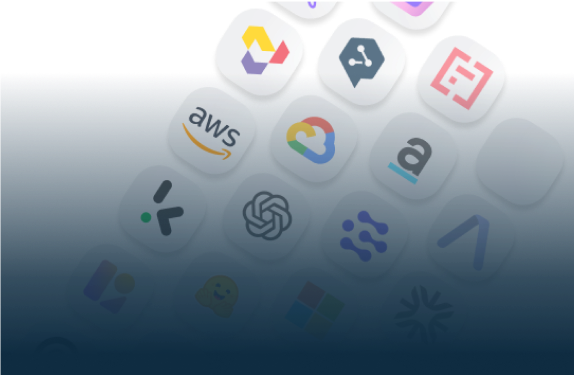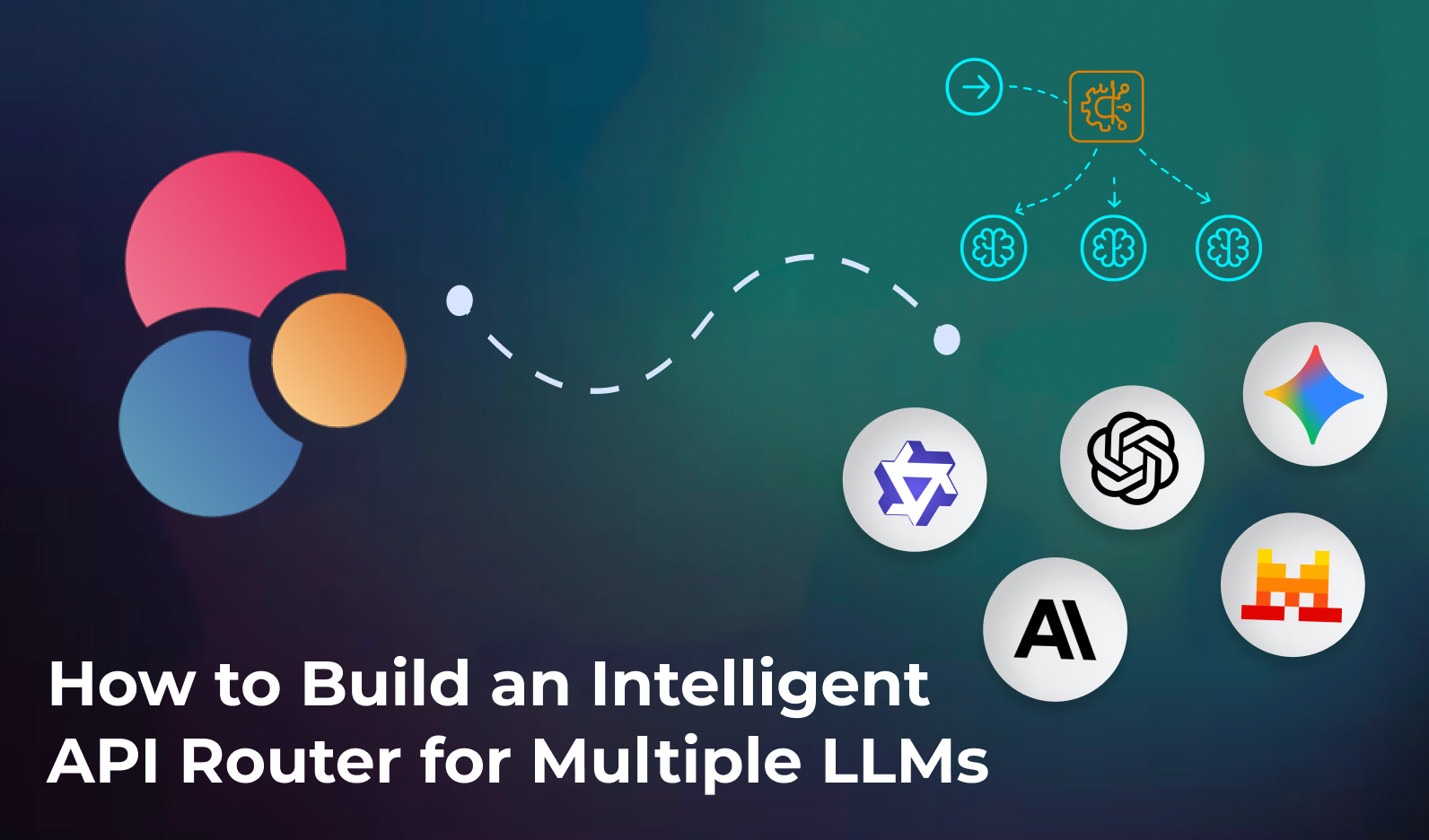
Start Your AI Journey Today
- Access 100+ AI APIs in a single platform.
- Compare and deploy AI models effortlessly.
- Pay-as-you-go with no upfront fees.
In a multi-model AI world, your users’ requests no longer need to go to a one-size-fits-all model. Instead, you can route each request to the best possible LLM depending on cost, latency, accuracy, context or format. This article explores how SaaS companies can build smart routing layers, select models dynamically and benefit from internal tooling like AI model comparison and API monitoring to make routing decisions at scale.

When you rely on a single model for all requests, you risk:
Routing intelligently means you send each request to the LLM that fits best for that specific task. It optimizes cost, speed and quality. When you’ve built out features like how to access multiple AI models (see: How Can I Get Access to Multiple AI Models in One Place?) you need routing to capitalize on that flexibility.
Before you can route, you need to define which parameters matter. Typical criteria include:
Once you’ve identified the criteria, you can build fallback logic or dynamic routing using tools such as multi-API key management.
You cannot route intelligently without knowing how models compare. Use AI model comparison to benchmark latency, accuracy and price across providers for typical tasks. This builds your routing decision matrix.
By referring to complementary articles like Why OpenAI-Compatible APIs Are the New Standard? you can also factor in compatibility advantages when routing.
Routing logic must act on live data. Monitor model health, latency, error rates and cost with API monitoring.
When a model underperforms or fails, your routing layer should redirect traffic calmly and transparently, ensuring no task is blocked. This ties back to best practices discussed in What to Do When the OpenAI API Goes Down?
Cost per token varies across providers. Leverage cost monitoring to route tasks that are low-complexity to cheaper models, reserving high-end models for tasks needing full reasoning.
This echoes earlier insights about controlling token usage in How to Control Token Usage and Cut Costs on AI APIs.
Start with simple rules: if input length < 500 tokens → Model A, else → Model B.
As you scale, you can use machine-learning on routing logs to predict best provider per request. This is the kind of orchestration described in How to Design the Perfect AI Backend Architecture for Your SaaS.
Certain tasks benefit from caching: if the same prompt is repeated, route to the cache rather than any LLM. Use caching (via API caching) and batch processing (batch processing) to reduce overhead and optimize routing.
Routing is never “set and forget”. Continually assess logs, cost ratios, user feedback and internal benchmarks. Refer to earlier work, e.g., How Should SaaS Companies Monetize Their New AI Features?, to align routing strategies with business models (flat fee, usage-based, add-on).
With Eden AI you gain:
By leaning on Eden AI you move from “one model fits all” to “best model for each request”.
Routing requests to the best LLM is a competitive advantage in 2025 and beyond.
By defining clear criteria, benchmarking models, monitoring performance, managing tokens and leveraging caching and fallback logic you build smarter AI systems.
With a platform like Eden AI you simplify this complexity, focus on innovation and deliver superior user experiences.


You can start building right away. If you have any questions, feel free to chat with us!
Get startedContact sales
